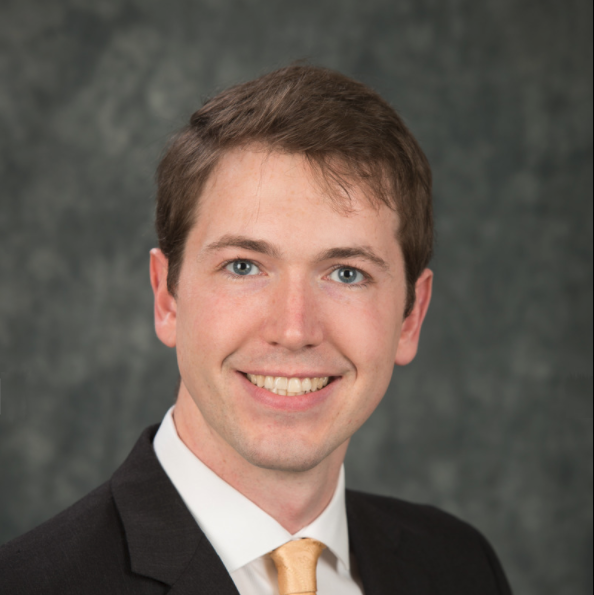Dr. Daniel Franklin officially joined the Institute of Biomedical Engineering (BME) as an assistant professor on May 1st, 2021. This is in collaboration with Ted Rogers Translational Biology and Engineering Program (TBEP). Dr. Franklin completed his doctoral degree in physics at the University of Central Florida (2018) and shortly after, pursued a postdoctoral fellowship at Northwestern University.
How did you start in biomedical engineering?
Like many, my path to biomedical engineering was not direct. I completed a BSc and Ph.D. in Physics where I specialized in nanoscale light-matter interactions applied to optoelectronic devices and display technology. However, as a postdoctoral fellow I wanted to use this device-physics background to solve problems in healthcare. So, at Northwestern University, I was part of a great team which designed, created, and deployed advanced wearable and implantable devices for clinical translation.
Overall, these experiences have greatly expanded my interests in bio-photonics and bio-integrated electronic systems – interdisciplinary fields in biomedical engineering which greatly complement each other and require close collaboration with health science professionals.
What does biomedical engineering mean to you?
To me, biomedical engineering is a broad, interdisciplinary field with limitless opportunities and potential impact. I find a combination of fundamental and applied science fulfilling, and biomedical engineering offers the ability to continually learn and expand into new fields.
Why did you become a professor at University of Toronto?
University of Toronto (UofT) is a world leading research institution, and I am excited and grateful for the opportunity to build a lab here. A key factor in my decision is the immediate and broader research environment.
As part of the Translational Biology and Engineering Program (TBEP) and the Institute of Biomedical Engineering (BME), I am located right next door to clinicians and scientists from extremely varied professional backgrounds. I believe science and scientists thrive in teams with multiple perspectives, so the opportunity to learn and collaborate with this highly capable local community is hard to pass up.
The scientists and leaders of UofT have also fostered close ties with Toronto’s vast medical sector. By partnering with the University Hospital Network (UHN), SickKids and the Ted Rogers Centre for Heart Research (TRCHR), the greater-Toronto research community is uniquely positioned to make fundamental advancements in science, while also being anchored to end-user applications that improve patients’ lives.
What kind of research will you be doing?
My lab will use branches of optics, engineering, and biology to produce the next generation of materials and devices for medical science and clinical translation. We will also partner with industry leading semiconductor and health companies to develop and leverage new sensor technologies.
Examples include:
- Wearable health devices for hemodynamic monitoring, such as: blood pressure, cardiac output, and systemic vascular resistance. Applications include our understanding of heart disease and commercial/clinical health telemetry.
- Wireless implants for physiological monitoring and closed-loop stimuli/feedback. Applications include disease models, animal behavioral studies and ‘electronic medicine’.
- Exploration of novel material systems, such as liquid crystal microparticles, which can self-assemble into bioresorbable temperature sensors with applications in imaging and photothermal therapy.
Through the multidisciplinary study of these bioelectronic and biophotonic systems, we aim to shed light on unexplored aspects of human physiology.
What do you like to do in your spare time?
I became an avid tennis player during my Ph.D. in Florida. I hope to continue this and connect with fellow players here in Toronto – though it will maybe have to be via in-door courts. I also really like to hike and look forward to exploring the Greater Toronto Area and more broadly, Canada.


